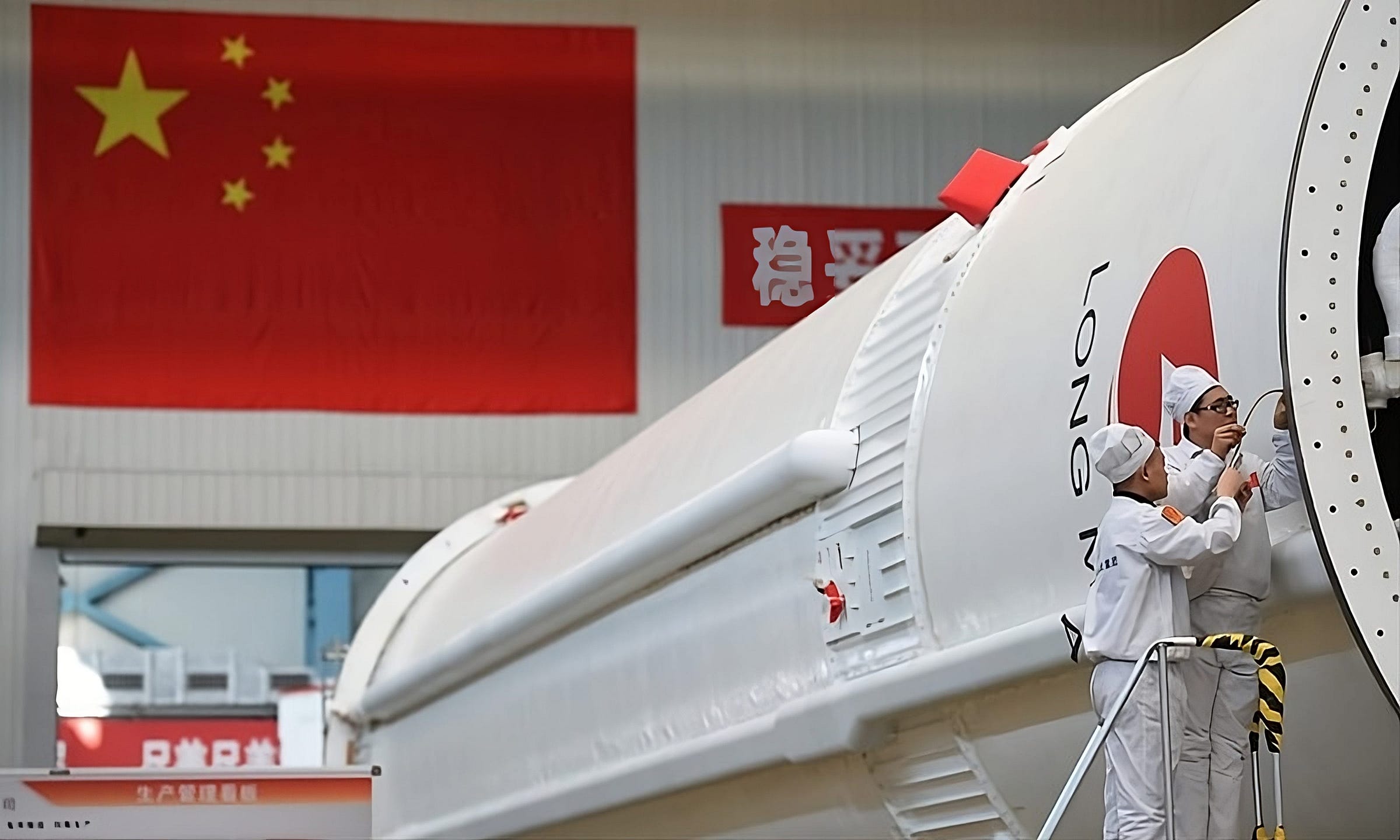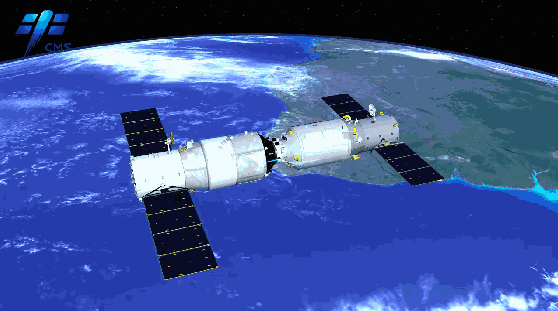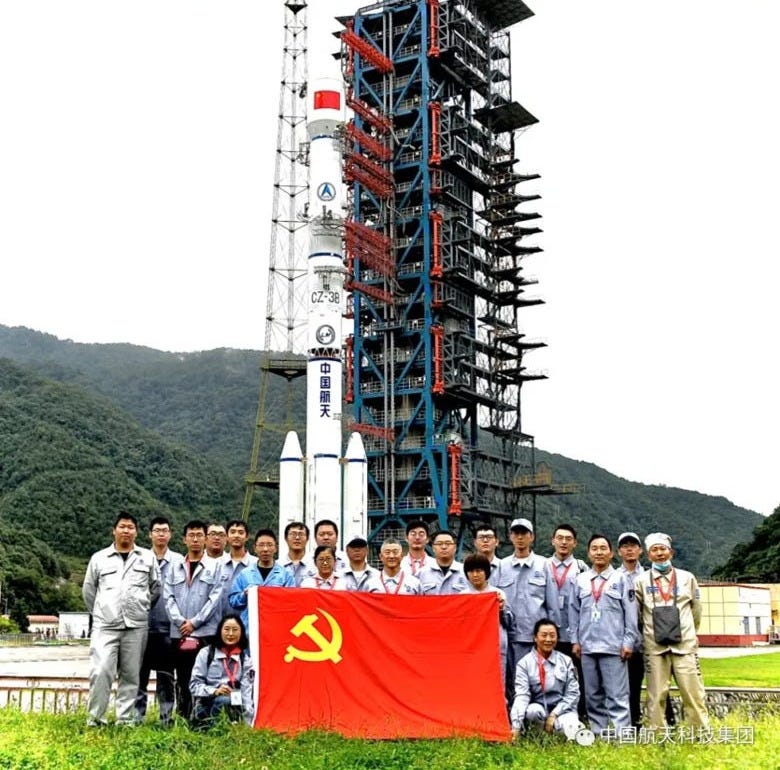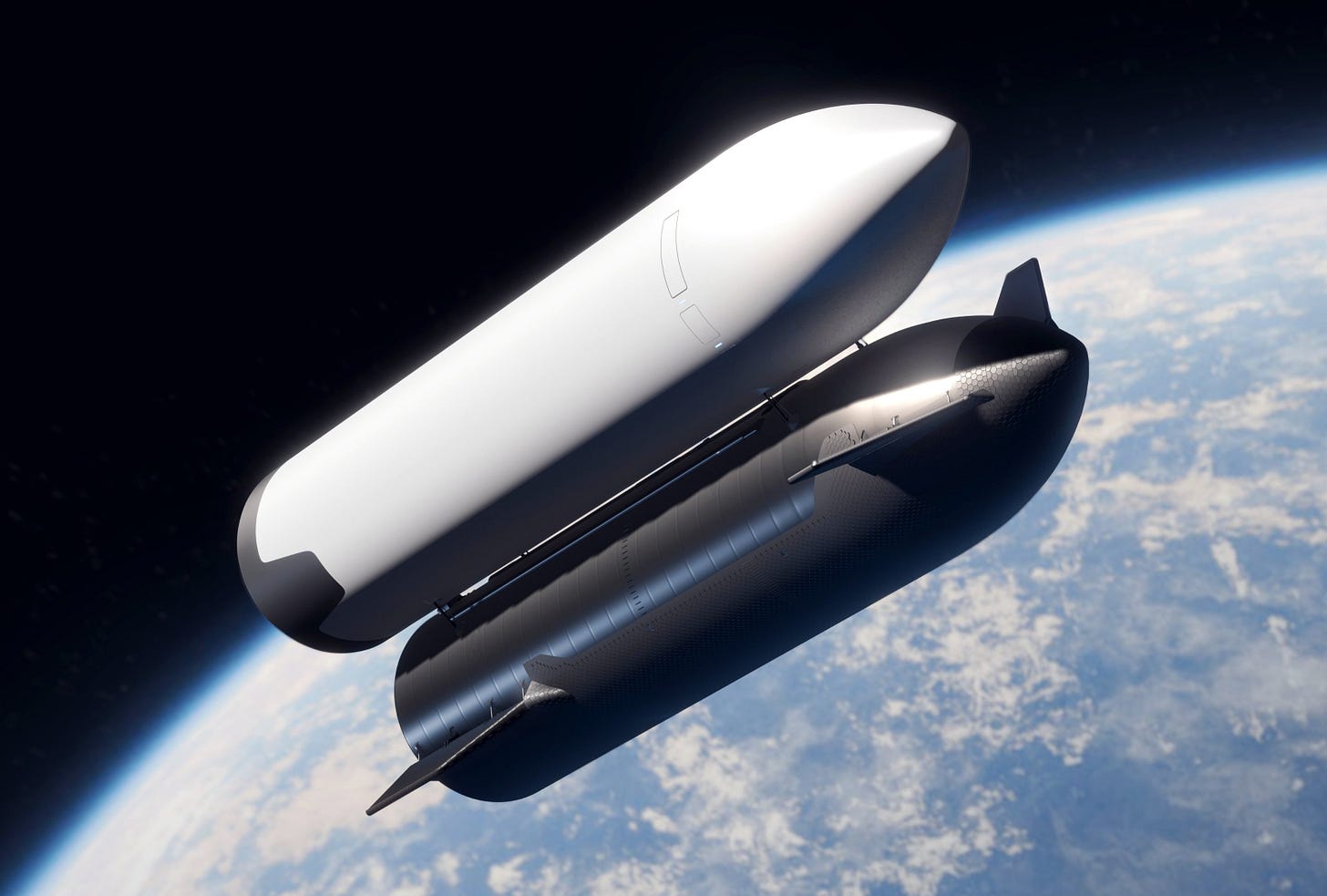From the Archive: In-space refueling, a field where China leads?
In-space refueling and servicing could prolong the life of existing critical satellites, what progress has China made on the technology?
With the launch of Shijian-25 almost two months ago, and its progress in heading toward its target (believed to be Shijian-21), I feel it to be relevant to republish a piece I wrote way back in April 2024 regarding China’s in-space refueling efforts. I do recognize that this piece may not be up to my current standards. Alongside republishing, I’ve also added a section regarding SpaceX’s refueling plans compared to China’s, and who potential customers may choose.
In-space refueling, a field where China leads?
In-space satellite refueling has been something long sought after worldwide, the most well-known effort for in-space refueling is currently SpaceX's Starship-Super Heavy launch vehicle which has it as a major part of its deep space architecture.
But why pursue in-space refueling? In-space refueling is believed to allow greater on-orbit operational lifetimes by satellites in hard-to-reach orbits, and for extremely expensive and one-off satellites.
China is currently looking into and utilizing in-space refueling as part of its space exploration efforts. Reports about the country's space refueling efforts date back to 2016 and 2017, for in-space testing.
The first small-scale test is believed to have happened with the Tianyuan-1 satellite launched in 2016, not to be confused with the Tianyuan-1 satellite that was launched in 2021. Details on the spacecraft are kept close to the state-owned operator, but based on the more recent use of the technology it was evidently a success. The success was also reported by Xinhua shortly afterwards.
The most well-known test from China of in-space refueling was Tianzhou-1 in 2017. This test lasted from mid-April to mid-September of 2017 over three separate docking and undocking periods. These tests between Tianzhou-1 and Tiangong-2 are believed to have transferred over 300 kilograms of propellant into Tiangong-2. Technology used in these tests between the two spacecraft is now used in the Tianhe module and the current Tianzhou cargo spacecraft.
Since those two tests, China has regularly refueled the propellant tanks of the Tianhe module of its space station. It is believed that the fuels for both electric and conventional propulsion have been 'topped up' by visiting spacecraft. Tianzhou-2 was also believed to have verified the system prior to the arrival of taikonauts for Shenzhou-12.
Another notable test for the technology was the Shijian-21 spacecraft launched back in October of 2021. While not a refueling test it was a notable test due to it servicing and moving a satellite in geostationary orbit sometime between October 2021 and January 2022. Shijian-21 is a test and application verification satellite designed for the “verification of mitigation technologies of orbital debris”, this was demonstrated when it 'towed' Beidou-2 G2 out of the orbit it failed in.
The reason why Shijian-21 is notable is due to the advancement of servicing capabilities in space. Shijian-21 is also believed to have a few robotic arms which were used to grapple Beidou-2 G2 due to its unusual shape as it was believed to have partially broken apart. After performing operations with Beidou-2 G2, Shijian later returned back into geostationary orbit where it is believed to be today.
The grappling and proximity operations technologies are believed to be key in future on-orbit servicing operations, this includes refueling.
Today some in the United States and its military believe China may have the lead in on-orbit servicing and refueling. These claims can be traced back to a report published by China Aerospace Studies Institute in March of 2024, this organization however is funded and directly operated by the United States Department of the Air Force. The sources the report references also directly lead back to them, so their credibility is debatable as they may exist to guarantee future funding.
The report claims that China is currently informing its forces under the now-former People's Liberation Army Strategic Support Force on how to perform on-orbit satellite logistics operations. If China is doing this they would be the first country to do so, as the United States does not currently have a similar proven capability.
The United States Department of Defense is currently funding a similar technology demonstration mission with Northrop Grumman that will fly in the coming years. NASA was going to fly a similar mission too, however that mission was canceled after a lack of work completed by the contractor.
According to the report, China has also made some of this technology available to commercial companies and contractors inside the country, implying that state-owned enterprises have already advanced their capabilities. This gives potential commercial space companies an advantage in the global space services market due to no other country possessing the ability to perform missions that they could.
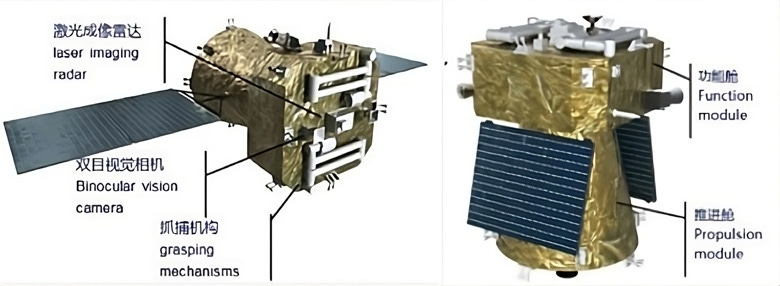
The report also alleges that the U.S. military is worried about the potential threat the capability provides. It also states that the U.S. military knows it studied the capability first but failed to follow it up and have an operational system. While not stated publicly, this was embarrassing for the U.S. Department of Defense to have to admit openly.
The main worry of the U.S. military is that similar technology could be used to approach and disable their assets out in geostationary orbit. China however also had this worry about U.S. GPS satellites before it had its Beidou network. Another worry of the U.S. is that China could use this technology as part of international relations and offers.
With this report, funded by the U.S. Department of the Airforce, it is clear that China does indeed possess a better capability for on-orbit servicing and refueling. The U.S. is mainly worried about this as it wants to remain the dominant and leading nation in every field it can as part of its global hegemony, China being in the lead disrupts this.
Chinese or SpaceX refueling?
As mentioned at the beginning, SpaceX's efforts to develop in-space refueling is currently the most well-known effort to do so. However, SpaceX is not starting out with a smaller scale system, instead jumping to transferring hundreds of tons of propellant between two massive vehicles in low Earth orbit.
So far SpaceX is known to have performed a single propellant transfer test, moving a few tons of propellant between tanks inside Starship. At the moment, a roadmap shared last year places a Starship-to-Starship transfer test in 2025 while two vehicles are in orbit. It is unknown when this test will take place as on average a Starship flight test occurs around once a month at best.
When two Starships are in space at the same time for the test, the vehicles will gradually approach before docking. A connection between the two vehicles will then be made between both of the vehicle’s quick-disconnect ports, used to fuel the vehicle on the ground.
While SpaceX is developing its propellant transfer system, it is fairly large, possibly too large for other spacecraft. Along with possibly being limited in the kinds of propellant it can transfer (Starship is designed to hold liquid methane and liquid oxygen). This is potentially being solved via an analysis by the U.S. Department of Defense’s Defense Innovation Unit, likely for the U.S. military’s own standard.
When considering SpaceX’s refueling plans, it appears to be quite limited in its use, mainly for sending cargo to the Moon and Mars. In comparison, China's plans are more focused on maintaining existing orbital hardware that’s already key to life on Earth.
So who to choose (if available), Chinese or SpaceX refueling services? On one hand, SpaceX’s system may be able to transfer vast amounts of cryogenic propellants once proven. However on the other hand, China’s services are already designed for existing satellite standards, storable propellants currently in use, and proven with use onboard the Tianzhou cargo spacecraft with the Tiangong Space Station.





